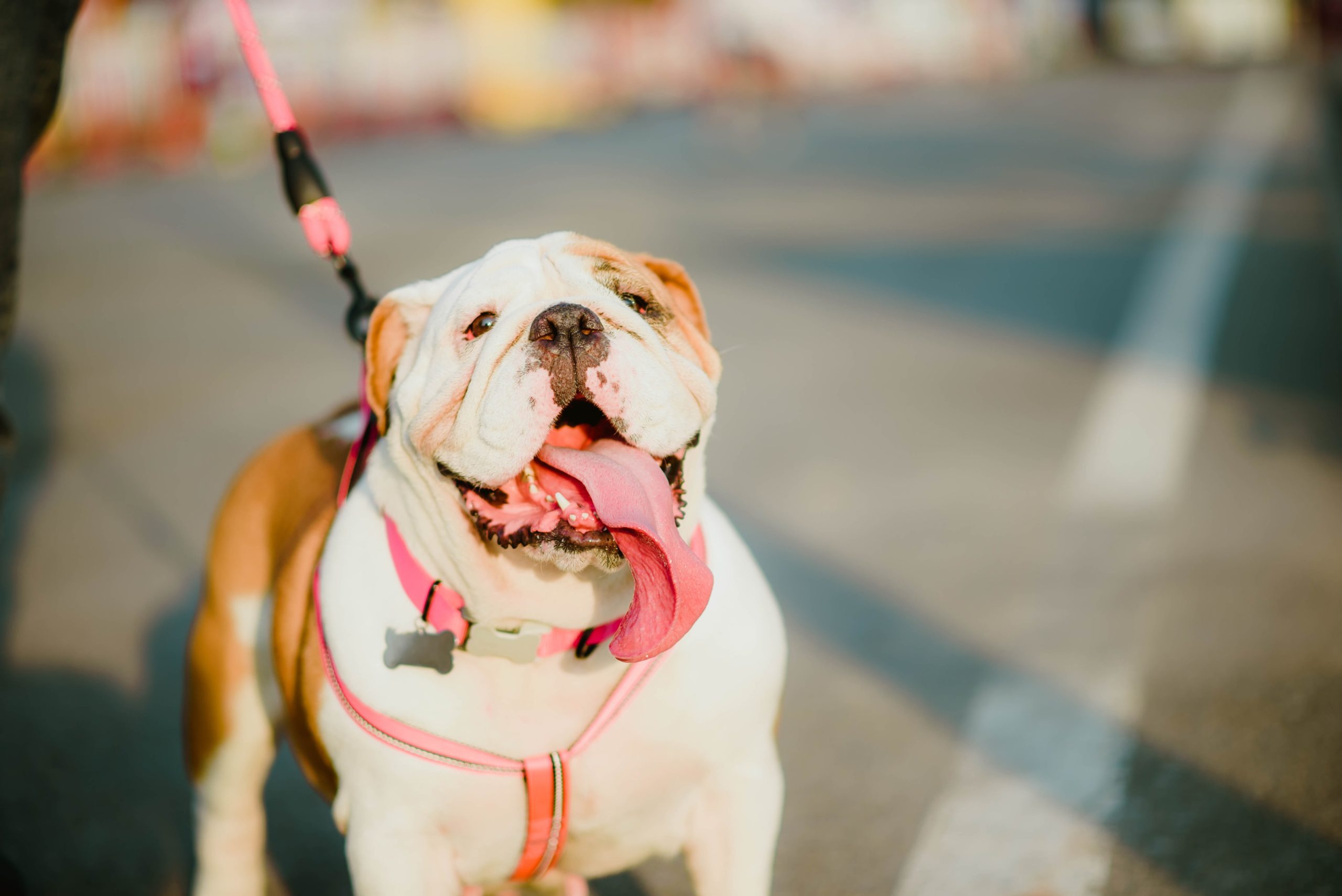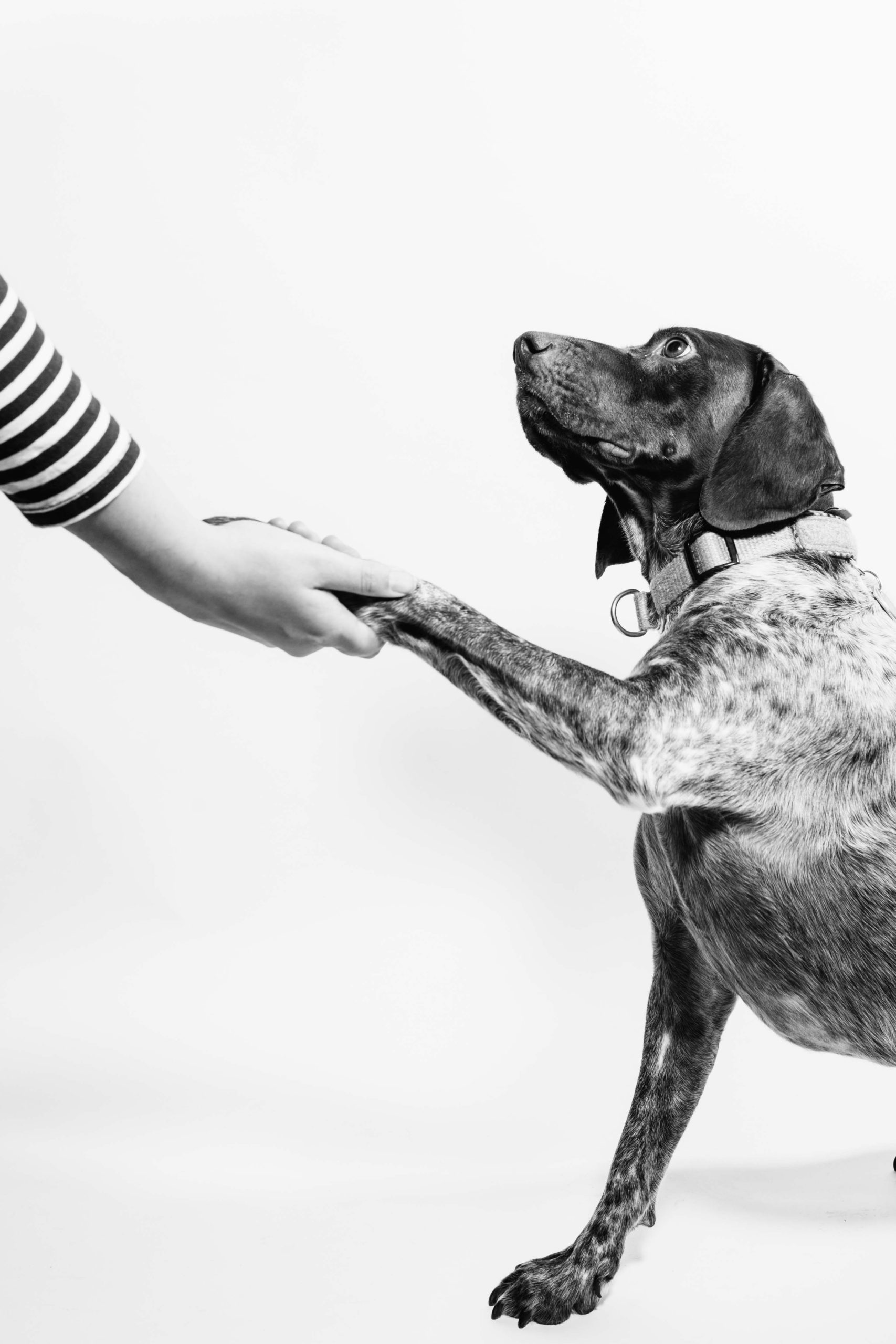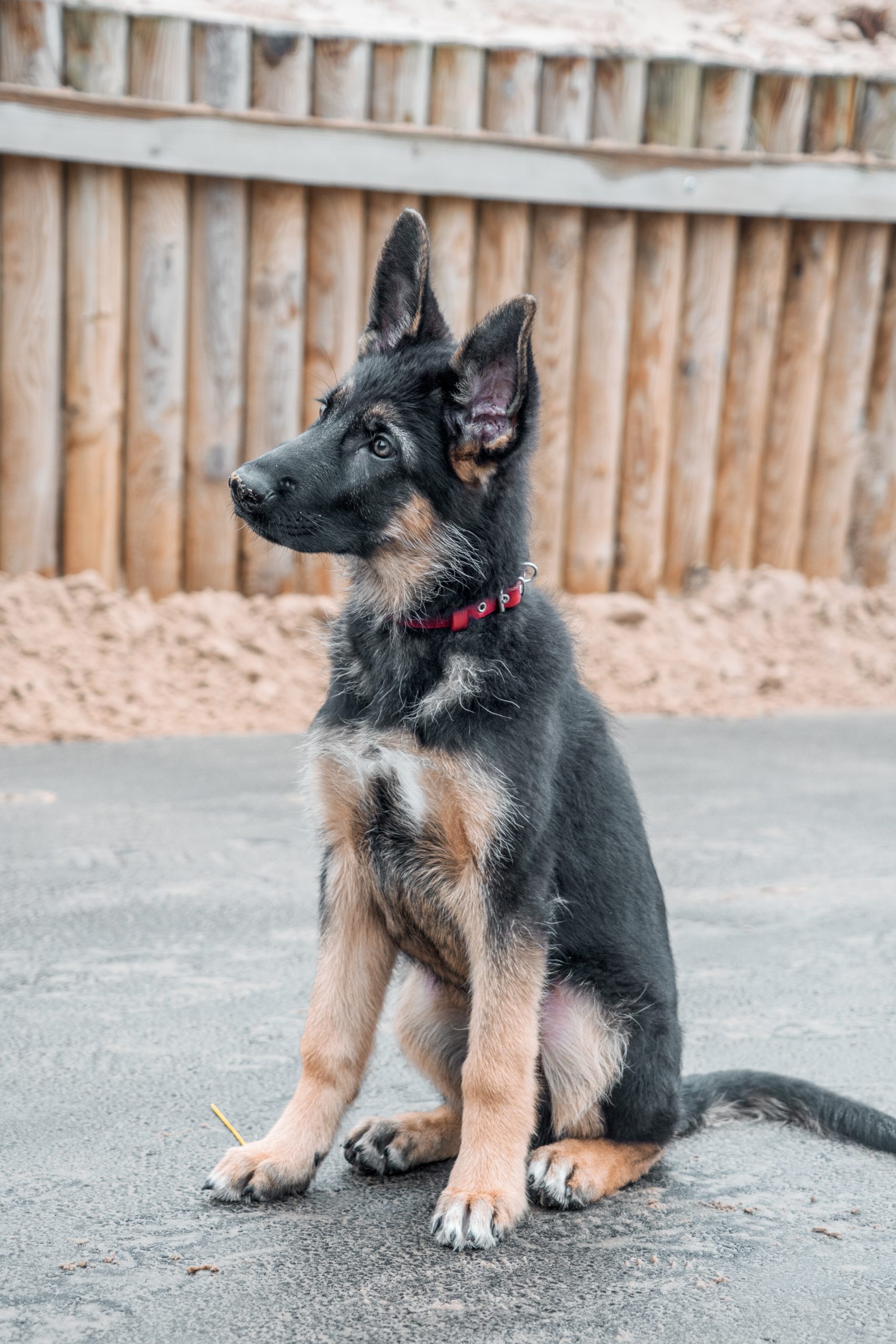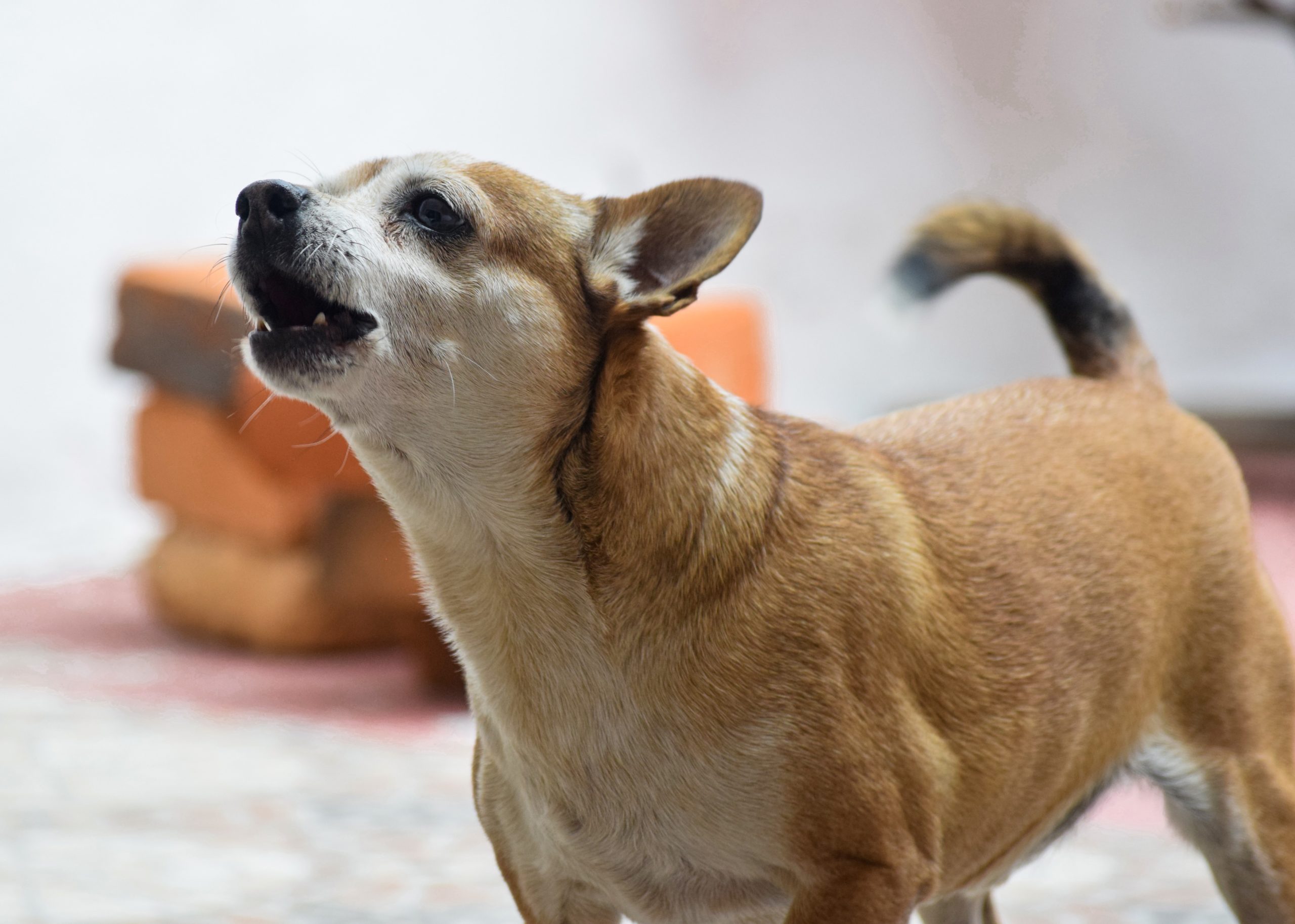Leash training is an essential skill for every dog owner, ensuring a safe and enjoyable walking experience for both you and your furry companion. Mastering this technique not only improves safety but also strengthens the bond between you and your pet.
With patience, consistency, and positive reinforcement, leash training can be a breeze regardless of your dog’s age or breed. Starting with the basics like introducing the collar and leash to more advanced techniques like loose-leash walking, our guide will take you through all aspects of confidently handling your canine friend on a leash.
What Is Leash Training For Dogs?
Leash training, also known as loose-leash walking, is a fundamental aspect of dog obedience that teaches your canine companion to walk calmly beside you without pulling or straining the leash.
By engaging in leash training, both you and your pet can enjoy stress-free walks that are safe and enjoyable for all involved.
The key to successful leash training lies in positive reinforcement methods such as praise, treats, and attention. For instance, when your dog maintains a relaxed pace alongside you on their designated side (handler’s left or right), rewarding them with high-value treats helps to reinforce this desirable behavior.
In contrast, if they begin to pull ahead or lag behind during the walk, briefly stopping until they return to the correct position will teach them that only maintaining a loose leash results in a forward movement.
Benefits Of Leash Training For Dogs
Leash training benefits dogs by improving safety on walks, providing a better exercise and bonding experience, and allowing for easier control in public; read on to learn techniques and tips for effective leash training.
Improved Safety
Leash training is crucial for the safety of both your dog and those around them. Training your dog to walk calmly on a leash can prevent them from running into busy streets or getting into conflicts with other dogs.
By teaching basic commands such as “come” and “heel”, you can further ensure your dog’s safety while out in public. It’s important to use positive reinforcement when training your dog, rewarding good behavior, and redirecting bad behavior without punishment.
Better Exercise And Bonding Experience
Leash training your dog can provide great exercise for both you and your furry friend. Walking together on a daily basis creates a routine, and can encourage more physical activity for both the handler and the dog.
Not only is walking an excellent form of exercise, but it also provides opportunities for bonding between you and your pup.
By going on walks together consistently, dogs become used to their handlers’ feelings and emotions which promotes trust in the relationship.
Easier Control In Public
One of the main benefits of leash training your dog is easier control in public. This means that when you’re out on a walk, your dog will be less likely to dart off and approach strangers or run into traffic.
By using positive reinforcement techniques, like treats and verbal praise, you can train your dog to stay by your side while walking on a leash. Start by practicing in low-distraction areas and gradually increase stimuli as they progress.
It’s important to always keep an eye on their body language during walks so you can anticipate any potential issues before they arise.
Techniques For Effective Leash Training
Teaching basic commands, using positive reinforcement, and problem-solving common leash training issues are just a few of the effective techniques for successful leash training.
Introducing The Collar And Leash
To start leash training your dog, you will need to introduce them to wearing a collar and leash. Here are the steps to follow:
- Choose the right collar and leash for your dog’s size and personality. Make sure it fits snugly but not too tight around their neck.
- Let your dog sniff and explore the collar and leash before putting it on them. This will help them get used to the new equipment.
- Once they are comfortable with the collar, attach the leash and let them drag it around behind them while supervised.
- When they seem relaxed with the leash dragging behind them, gently pick up the other end of the leash and walk a few steps with your dog by your side.
- Reward your dog with treats or praise for staying close to you while on the leash.
- If your dog is uncomfortable or resistant to wearing the collar or leash, take a step back and continue introducing them gradually until they are comfortable enough to move on to walking on a loose leash.
Remember that introducing your dog to new equipment can take time and patience, so don’t rush the process. Using positive reinforcement such as treats or praise can make all the difference in helping your dog feel comfortable and confident while learning how to walk on a leash.
Teaching Basic Commands
Teaching basic commands is an important part of leash training your dog. Here are some tips on how to do it effectively:
- Start with the “come” command: Call the dog’s name and say “come” while gently tugging on the leash. Reward them when they come to you.
- Teach “sit”: Hold a treat above the dog’s head and say “sit.” When they sit, give them the treat and praise them.
- Practice “stay”: Have the dog sit, then say “stay” while holding up your hand in a stop motion. Step back a few steps and return to reward them with a treat.
- Use treats to teach attention: Hold a treat in front of the dog’s nose and move it slowly toward your face while saying their name. When they make eye contact, give them the treat.
- Practice walking on a loose leash: Start by walking short distances without pulling, and use treats to reinforce good behavior when they walk beside you.
Remember to keep training sessions short, use positive reinforcement, and be patient with your pup as they learn these new skills!
Using Positive Reinforcement
Positive reinforcement is a powerful tool for leash training your dog. This technique involves rewarding good behavior to encourage it to be repeated in the future.
When your dog walks calmly by your side, offer praise and treats as positive reinforcement.
It’s important to use high-value treats that your dog finds irresistible during positive reinforcement training sessions. Treats can include small pieces of cooked chicken or turkey, cheese, or soft training treats specifically designed for this purpose.
Practicing Indoors And Outdoors
To ensure that your dog is comfortable with leash training both inside and outside the house, it’s important to practice in different environments. Here are some tips for practicing both indoors and outdoors:
- Indoor Training:
- Start by practicing basic commands such as “come” and “stay” indoors without a leash.
- Once your dog is comfortable with following these commands, introduce them to the collar and leash.
- Begin by walking small distances indoors and reward them with treats along the way when they follow you or walk beside you.
- Gradually increase the distance you walk together while still rewarding good behavior.
- Outdoor Training:
- When transitioning to outdoor training, start by walking your dog around your backyard or in a quiet area such as a park.
- Allow them to sniff around but keep them on a short leash so they don’t get too distracted or pull you along.
- Use similar techniques as indoor training, with treats and rewards for good behavior.
- It’s important to be patient and consistent in outdoor training since there may be more distractions.
Remember that practicing indoors and outdoors can help reinforce good behavior in different environments and make walking on a leash more enjoyable for both you and your dog.
Problem-Solving Common Leash Training Issues
One of the most common issues during leash training is pulling. Dogs tend to pull on their leashes, making it difficult for owners to walk them comfortably. This can be due to excitement or lack of exercise.
To solve this issue, try using treats as a reward and stopping whenever your dog pulls on the leash, so they learn that pulling means no more walking. Another common issue is when dogs refuse to walk altogether and just sit in one spot.
One reason could be fear or anxiety about something in their environment.
Sometimes dogs get distracted while walking outside and may become too interested in smells or other things around them. This can cause frustration for owners who want their dogs to stay focused during walks.
To solve this issue, practice attention training indoors first before moving onto outdoor walks where there are more distractions present.
Leash training requires patience and consistency but it’s worth the effort for both owner and dog alike! By following these tips and techniques while also being aware of your own body language and tone of voice communication with your furry friend will lead to successful leash training experiences that both of you will enjoy!
Tips For Successful Leash Training
Stay patient and consistent. Be aware of body language and tone of voice. Adjust techniques to fit your dog’s needs. Seek professional help if necessary.
Staying Patient And Consistent
Leash training can take time and patience, so it’s essential to stay consistent with your techniques. Consistency means using the same method every time you walk your dog to help them understand what is expected of them.
Staying patient during leash training is also crucial. Dogs are creatures of habit and respond well to positive reinforcement, but they may have setbacks along the way. Remember that progress takes time and effort; try not to get frustrated if things don’t go smoothly at first.
Celebrate small victories and keep working towards the bigger picture of a well-trained pooch who walks calmly on a leash beside you.
Being Aware Of Body Language And Tone Of Voice
It’s important to be conscious of your body language and tone of voice while leash training your dog.
For example, if you’re frustrated that your dog keeps pulling on the leash, it’s easy to unintentionally tense up and use a sharp tone of voice when correcting them. However, this can make the situation worse by intensifying negative feelings from both you and the dog.
Furthermore, dogs often respond better to positive reinforcement than punishment-based techniques.
Additionally, remember not to yank on the leash as this will cause physical discomfort for your pet which makes future walks more difficult because they associate that discomfort with being outside of their home.
Adjusting Techniques To Fit Your Dog’s Needs
Every dog is unique, and what works for one may not work for another. This is especially true when it comes to leash training. Some dogs may respond better to positive reinforcement, while others may need a firmer approach.
If you have a high-energy dog that loves to pull on the leash, stopping and starting can be an effective technique in teaching them not to do so.
Additionally, older dogs may have different needs than puppies when it comes to leash training.
So remember: there’s no “one size fits all” solution when it comes to leash training your furry friend! Stay observant of your pet’s behavior patterns throughout the process and adjust accordingly until you find what works best for both of you.
Seeking Professional Help If Necessary
While leash training can be done at home, some dogs may require extra help from a professional dog trainer. If your dog exhibits severe pulling or aggressive behavior while on a leash, it’s best to seek the advice of an experienced trainer.
It’s important to note that seeking professional assistance doesn’t mean you’ve failed as a dog owner. In fact, it demonstrates responsible ownership by recognizing when you need help and taking action before any harm occurs.
Remember that every dog is different, and there is no one-size-fits-all approach to training. A skilled trainer can provide guidance on positive reinforcement techniques along with helpful tools like treats, clickers, or other rewards that promote good behavior.
Conclusion
In conclusion, proper leash training is important for the safety of your dog and others around you. By introducing the collar and leash with positive reinforcement, teaching basic commands, and staying consistent with training techniques, your dog can become a well-behaved walking companion.
Remember to be patient and adjust techniques to fit your dog’s individual needs. And don’t forget that seeking professional guidance from a trainer or attending obedience classes can also be helpful in achieving success with leash training.
FAQs:
1. How do I start training my dog to walk on a leash?
Begin by introducing your dog to the collar and leash in a positive manner, rewarding them for wearing it calmly before starting any movement. Practice in a safe and controlled environment with minimal distractions until they become comfortable walking alongside you.
2. What type of equipment should I use when training my dog to walk on a leash?
Use a properly fitting collar or harness and a sturdy, non-retractable leash that is appropriate for their size and strength.
3. How can I encourage good behavior while walking my dog on a leash?
Reward your dog when they stay close to you, follows commands, and behaves appropriately. Use treats, verbal praise, or toys as incentives during walks.
4. What if my dog pulls on the leash during walks?
Do not pull back forcefully – this can cause injury or increased pulling from your pup; instead, gently redirect their attention using treats or distracting toys while praising them whenever they return focus back towards you during walks. Consistent practice will help improve behavior over time!



